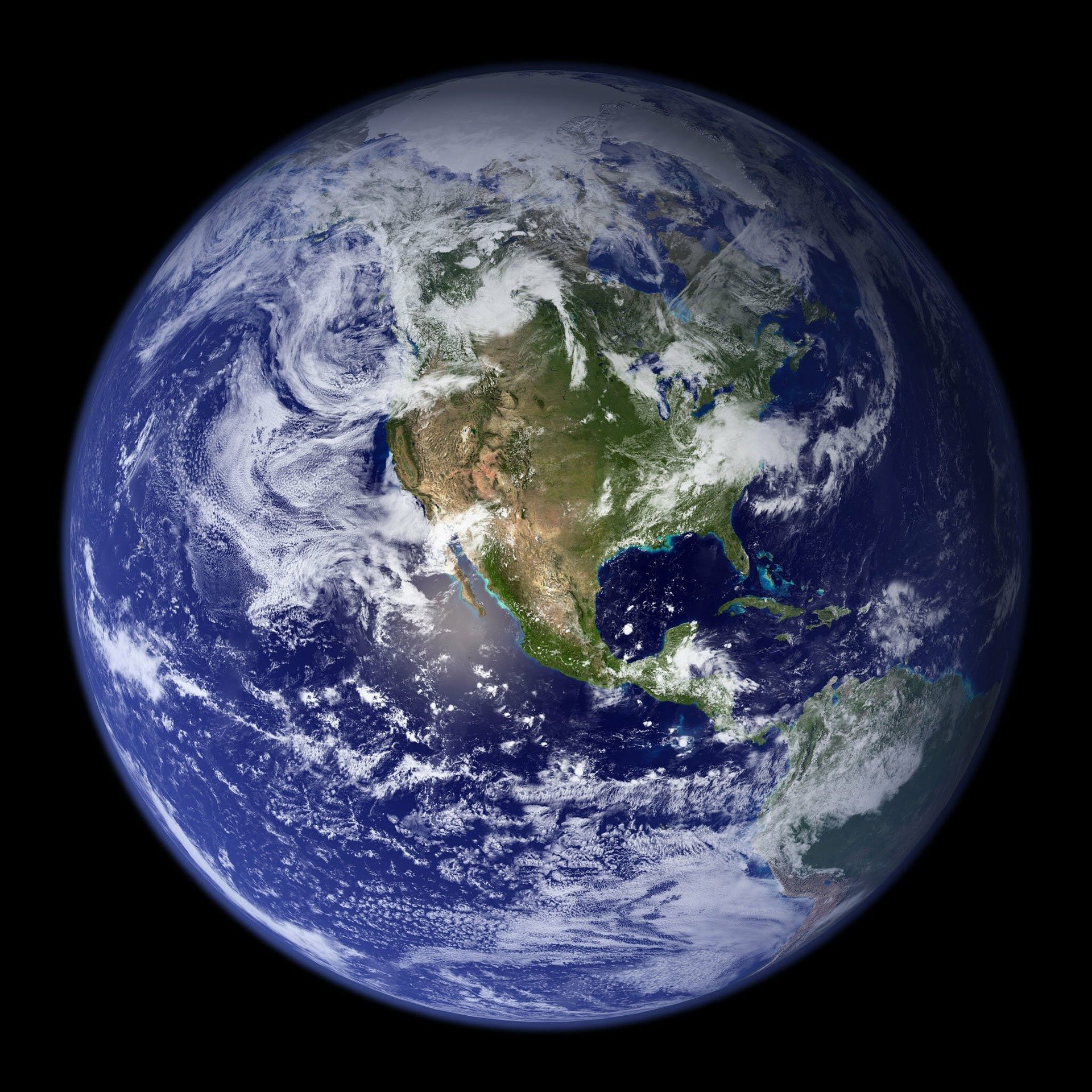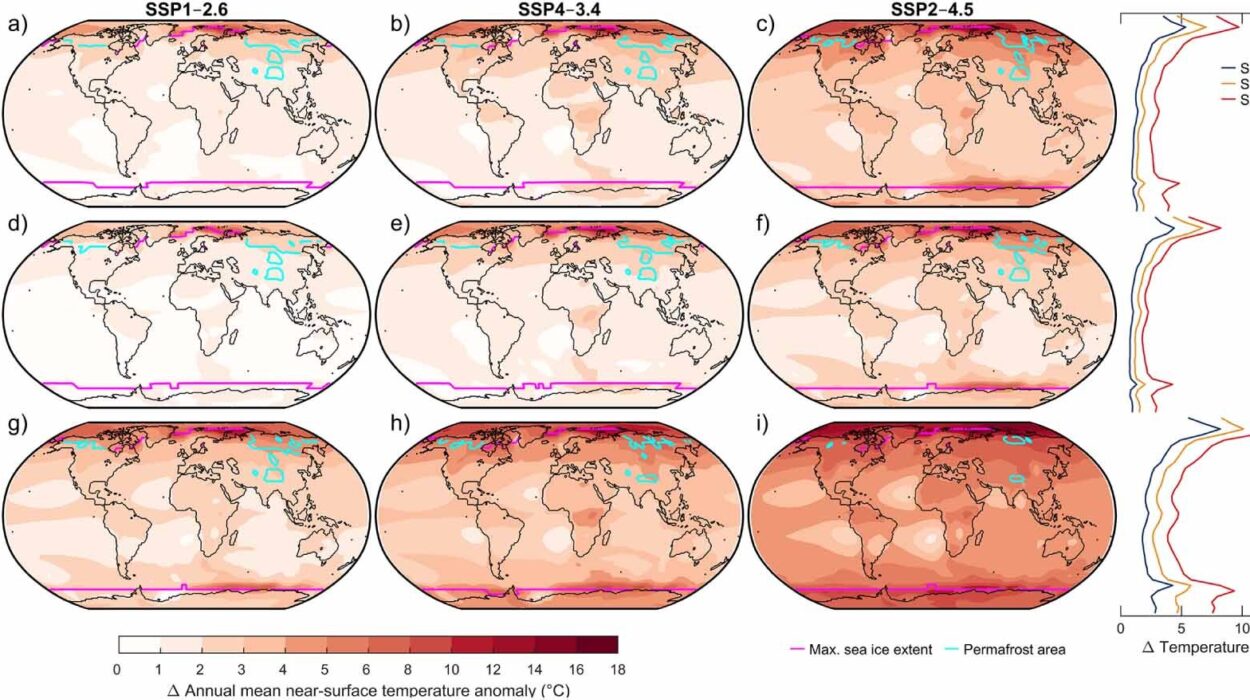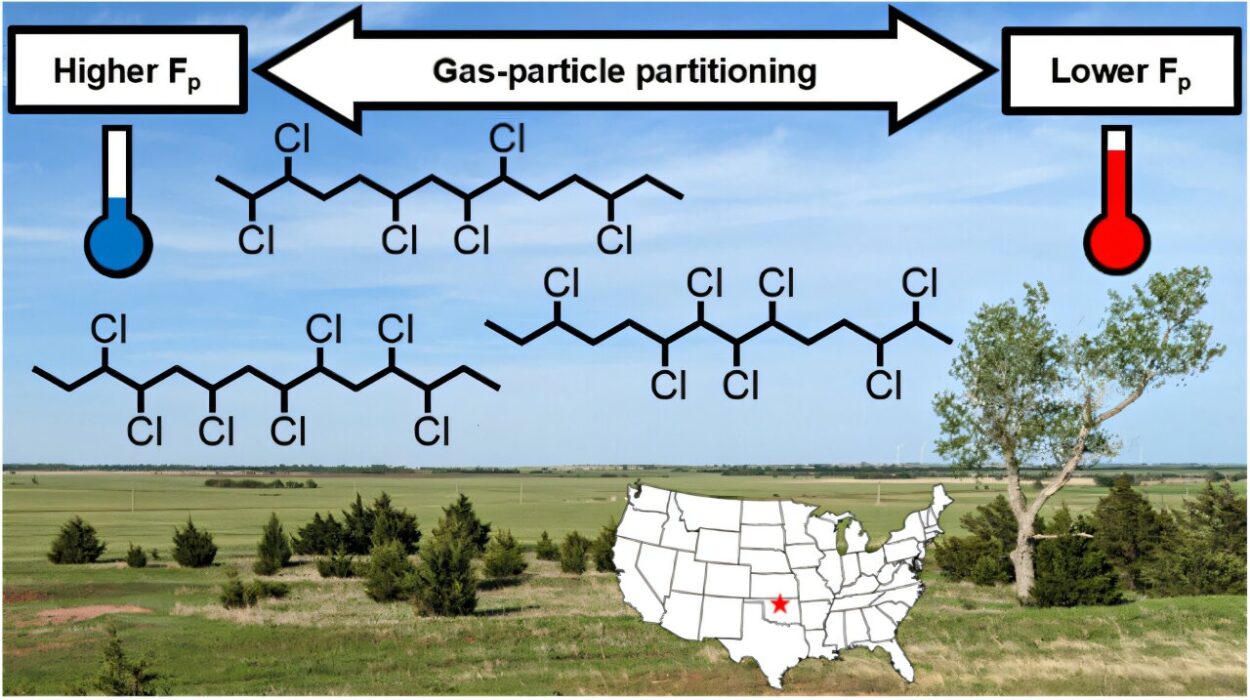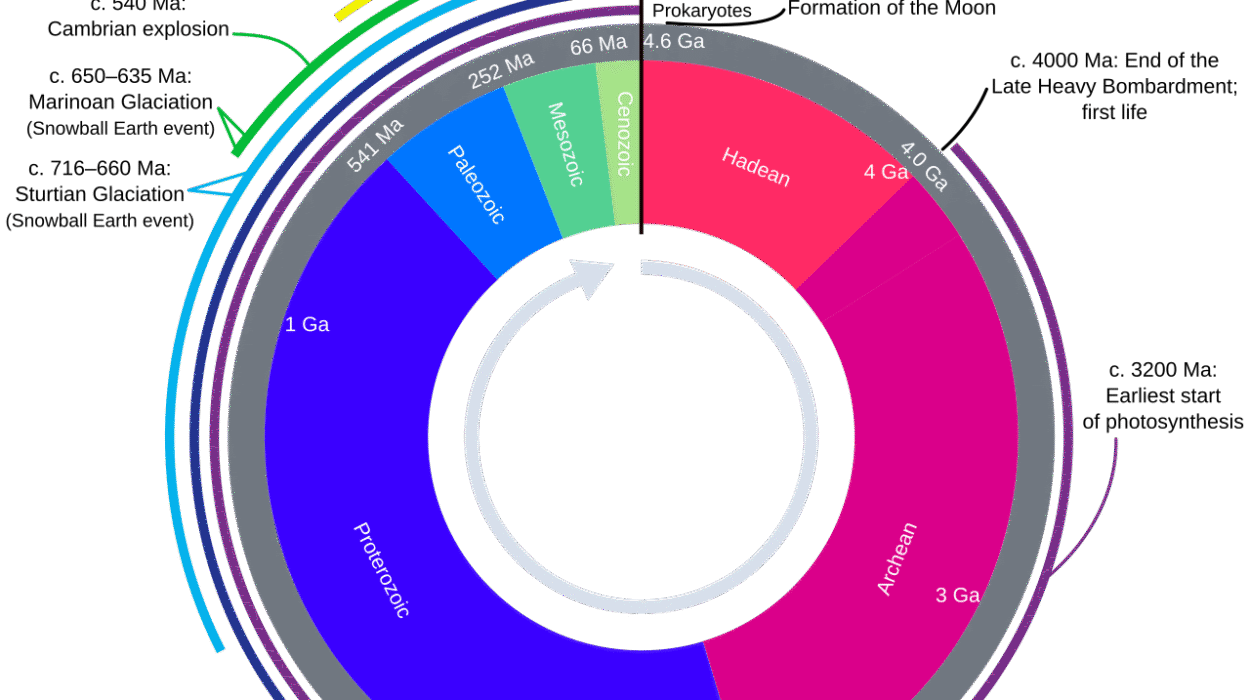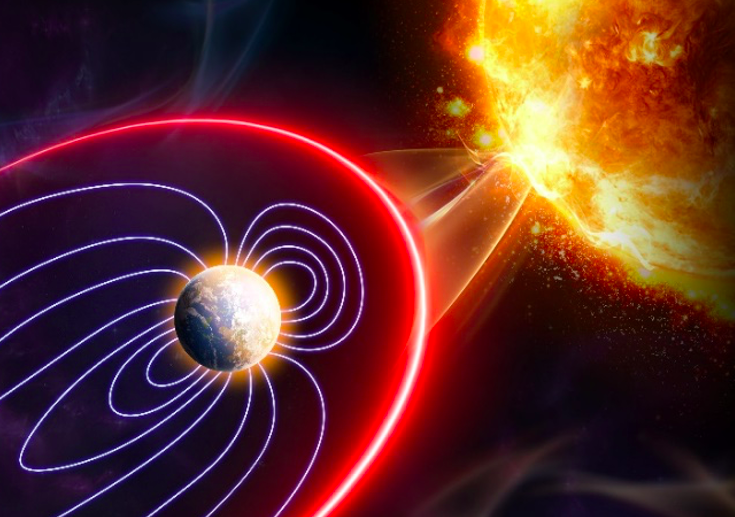From the beginning, Earth has been a planet of astonishing abundance. Rich veins of copper, gold, and iron run through its crust. Beneath the oceans and deserts lie vast reservoirs of oil and gas. Forests once stretched unbroken for thousands of miles, and freshwater gushed freely from mountains and springs. When early humans began to shape tools, hunt animals, and build civilizations, the bounty of Earth must have seemed limitless.
But that illusion is wearing thin.
In the twenty-first century, the question is no longer academic or philosophical. It’s deeply urgent and intensely practical: Are we running out of resources?
The answer is complicated, and geology—the science of Earth’s physical structure, history, and materials—offers both warnings and revelations. If we want to understand the truth, we must descend below the surface, deep into Earth’s ancient history, to learn how resources formed, how they’re being consumed, and what lies ahead for a planet that’s increasingly feeling the strain of its own success.
The Geological Clock and the Birth of Resources
Geology operates on a timeline unimaginably vast compared to human history. Where civilizations measure time in centuries and dynasties, geology deals in epochs and eons. The Earth is about 4.54 billion years old. Its crust—the skin of continents and oceans where all human activity unfolds—is a thin, dynamic layer of rock forged through immense heat, pressure, and time.
Within this crust, nature has hidden a treasure chest of materials, formed under conditions that often took millions—or even hundreds of millions—of years to unfold. Oil and natural gas formed from the remains of ancient plankton and marine organisms, buried under sediments and transformed by pressure and heat. Coal was born in swamps, where decaying plants were compressed over geological ages. Metal ores like copper, nickel, and iron crystallized through magmatic processes or were concentrated in mineral-rich fluids that flowed through cracks and fissures.
These are not renewable resources in any human timeframe. If the entire industrial age—roughly 250 years—was the blink of an eye, the resources we’ve used were forged over spans so long they defy ordinary understanding. This is the fundamental geological warning: what took millions of years to form can be consumed in a few decades.
The Coal Beneath Our Feet
Let’s begin with coal, the first great fossil fuel to ignite the modern industrial era. By the late 1700s, coal was fueling steam engines, factories, and the furnaces of progress. The dark, brittle rock was easy to mine in some regions, and its energy density transformed economies.
Geologically speaking, coal formed mainly during the Carboniferous Period—between 300 and 360 million years ago—when vast tropical wetlands flourished. Giant ferns and swamp forests collapsed into anaerobic bogs, where the absence of oxygen slowed decay. Over time, layers of sediment built up above, compressing the plant material into peat, then lignite, then bituminous coal, and eventually anthracite—the highest grade of coal.
The problem is not that we have no coal left. The problem is the cost—economic, environmental, and human. Much of the easy-to-access coal has been mined. What remains is often deeper, harder to extract, and increasingly controversial due to its environmental impact. Burning coal releases more carbon dioxide per unit of energy than any other fossil fuel, and coal mining itself can scar landscapes, poison water, and devastate communities.
Geologically, coal still exists. Practically, its use is declining in many countries as governments pivot to cleaner energy. But in places like India and China, coal still powers much of the grid. This presents a contradiction: even as coal becomes socially and environmentally unacceptable, its geological presence tempts nations that need cheap, dense energy.
Oil: The Black Gold That’s Slipping Away
If coal sparked the industrial age, oil drove the twentieth century. It fuels vehicles, powers industries, and forms the base for plastics, fertilizers, and countless products. But oil, like coal, is a product of slow geological processes. Most of the world’s conventional oil formed between 60 and 250 million years ago, during periods when shallow seas teemed with microscopic life. These organisms, after death, settled to the seafloor and were gradually buried. Heat and pressure converted the organic matter into hydrocarbons, which migrated into porous rocks trapped by impermeable layers above.
By the mid-twentieth century, geologists had identified major oil basins across the globe. From the Persian Gulf to Siberia, Texas to the North Sea, rigs tapped into nature’s underground vaults.
But by the 2000s, alarm bells began to ring. The theory of “peak oil”—the idea that global oil production would reach a maximum and then decline—gained attention. While technological advances like fracking and horizontal drilling temporarily extended supply, they also exposed a deeper truth: conventional oil fields were aging. Supergiant fields like Ghawar in Saudi Arabia and Cantarell in Mexico are in decline. New discoveries are smaller, more expensive, and riskier to exploit.
Geologically, oil is finite. Economically, it’s becoming harder to justify investing in increasingly marginal fields. Environmentally, burning oil is incompatible with climate goals. The tension between what’s left in the ground and what the planet can afford to burn is one of the great crises of our time.
Natural Gas: A Bridge or a Trap?
Natural gas, often found alongside oil, has been hailed as a “bridge fuel”—a cleaner-burning alternative to coal. Composed mostly of methane, it produces less carbon dioxide per unit of energy and emits fewer particulates. Its use has surged, especially in the United States, thanks to the shale gas revolution.
Shale gas is trapped in fine-grained sedimentary rock. Unlocking it requires hydraulic fracturing—pumping fluid at high pressure to break the rock and release the gas. This method has opened vast new reserves, especially in the U.S. Permian Basin and Marcellus Shale.
Geologically, gas is abundant—more so than oil in many regions. But there are limits. Not all countries have the right geology, and not all basins are economically viable. Fracking also brings risks: groundwater contamination, seismic activity, and methane leaks, which can accelerate climate change.
As a bridge, gas can help phase out coal. But as a trap, it can delay the transition to renewables. The geology may support a century or more of supply—but the atmosphere may not.
Metallic Resources: Digging into the Core of Civilization
Modern civilization runs on metals. Copper wires carry electricity. Iron and steel build cities. Aluminum forms aircraft. Lithium powers batteries. Rare earth elements make smartphones and wind turbines possible.
Geologically, metals are found in concentrated deposits formed by processes like magmatic crystallization, hydrothermal circulation, sedimentation, and metamorphism. These processes are highly specific. For example, porphyry copper deposits form near subduction zones where oceanic plates dive beneath continental plates, generating magma that crystallizes metals as it cools.
The problem isn’t that Earth lacks metals—it’s that the richest, easiest-to-mine ores are being depleted. As high-grade ores are exhausted, mining companies must process more rock to extract the same amount of metal. This drives up costs, energy use, and environmental damage.
Some metals, like iron and aluminum, are abundant in Earth’s crust. Others—like cobalt, lithium, and rare earths—are geologically rarer and often concentrated in politically unstable regions. The Democratic Republic of Congo supplies over 70% of the world’s cobalt, much of it mined in dangerous conditions. China dominates rare earth production, giving it leverage over global technology supply chains.
Geology tells us that minerals are not evenly distributed. Access to them is not guaranteed. As demand rises—especially for green technologies—resource nationalism, supply bottlenecks, and geopolitical tensions may define the future more than geology itself.
Fresh Water: A Crisis Flowing Just Beneath Us
Fresh water is arguably Earth’s most critical resource. It sustains life, agriculture, industry, and ecosystems. Yet less than 1% of Earth’s water is accessible and fresh. Most is locked in glaciers or deep underground.
Geologists study aquifers—underground layers of permeable rock or sediment that hold water. Some aquifers are “fossil” reserves, filled thousands or even millions of years ago during wetter climates. The Ogallala Aquifer in the U.S. and the North China Plain aquifers are examples of major fossil water reserves being rapidly depleted.
Unlike oil or copper, fresh water is renewable—if used wisely. But over-pumping can lead to collapse. In India, for example, groundwater extraction now exceeds natural recharge in many states. Wells go deeper, energy costs rise, and water quality falls. In California, years of drought and overuse have caused land to sink as aquifers collapse.
Geology sets the boundaries of water storage. But human behavior determines whether water cycles remain sustainable—or spiral into scarcity.
What About Renewable Resources?
You might argue that the future lies not in Earth’s crust, but in the sky and sea: solar, wind, tidal, geothermal. These are renewable, not geological in origin—or so it seems.
But even green technologies require geology. Solar panels use silicon and silver. Wind turbines need rare earth magnets. Electric vehicles need lithium, nickel, cobalt, and graphite. Even the infrastructure—power lines, batteries, and motors—demands metals and minerals.
In other words, transitioning to renewables doesn’t free us from the Earth. It simply shifts the type of resources we need. The geology of the future isn’t just about oil—it’s about who controls lithium in Chile, nickel in Indonesia, and graphite in China.
The Anthropocene and the Geology of Consumption
Geologists now speak of a new epoch: the Anthropocene—a time when human activity is the dominant force shaping Earth’s systems. In this context, resource depletion is not just a supply issue—it’s a symptom of something deeper.
We are consuming Earth faster than it can replenish. We alter landscapes with open-pit mines visible from space. We move more sediment each year than all the world’s rivers combined. We emit enough carbon to shift the climate and acidify the oceans. In doing so, we are writing our own chapter into Earth’s geological record—a thin layer of plastic, concrete, and ash.
Geology shows us that extinction, collapse, and renewal are part of Earth’s story. But we are the first species aware of our impact. That awareness gives us both a responsibility and a rare opportunity: to act before limits become catastrophes.
So, Are We Running Out?
The answer depends on what we mean by “running out.”
Geologically, Earth still holds coal, oil, gas, metals, and minerals. But economically, environmentally, and ethically, many of these resources are becoming harder to justify extracting. Some are scarce in the locations we need them most. Others are abundant but come with hidden costs—pollution, inequality, conflict, or irreparable environmental harm.
What geology tells us is both humbling and empowering. It reminds us that Earth’s resources are finite in human terms. It teaches us that the riches we’ve inherited were formed over immense time scales and are easily squandered. It shows us that sustainability isn’t about infinite supply—it’s about wise use, circular economies, recycling, substitution, and innovation.
If we listen, geology whispers a final warning: the rocks will endure. The metals will still be here, buried or dispersed. The oil we burn today will never be reformed in our lifetime. Earth doesn’t need saving. But if we wish to remain a flourishing part of Earth’s story, we must learn to live within the limits it reveals.
